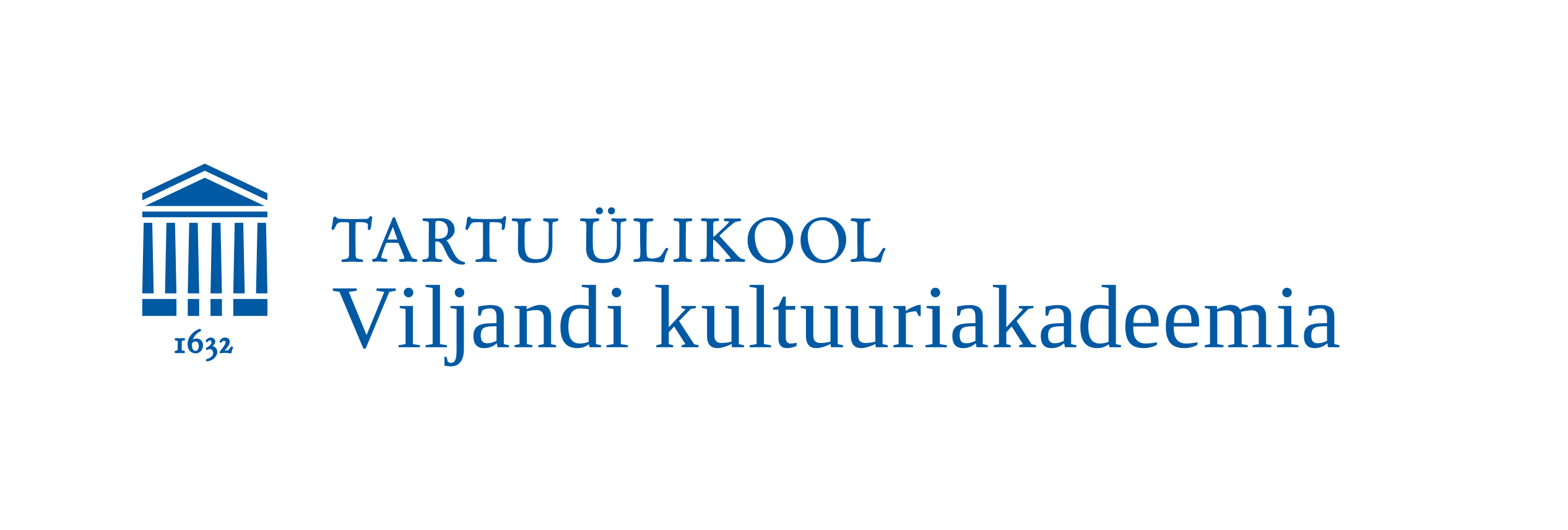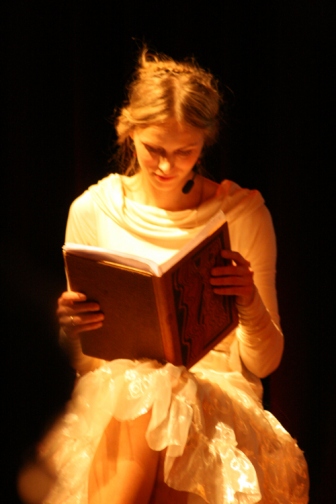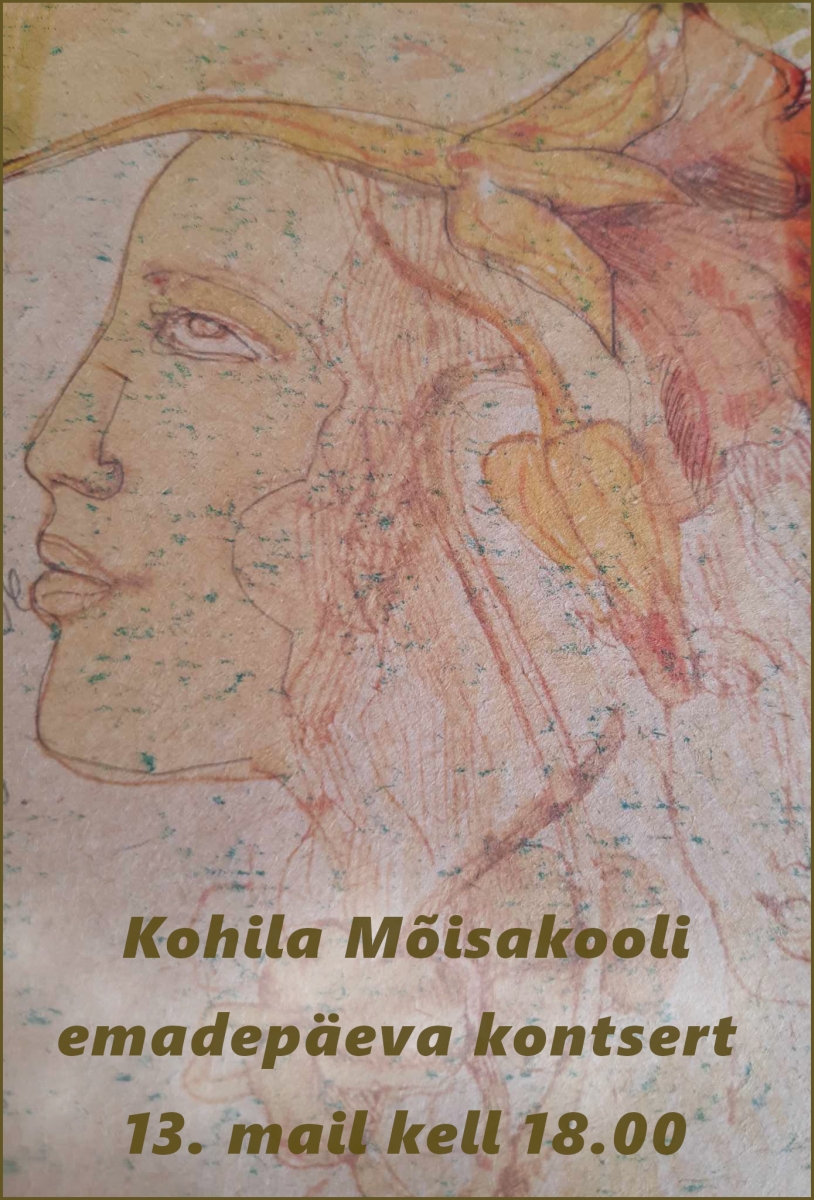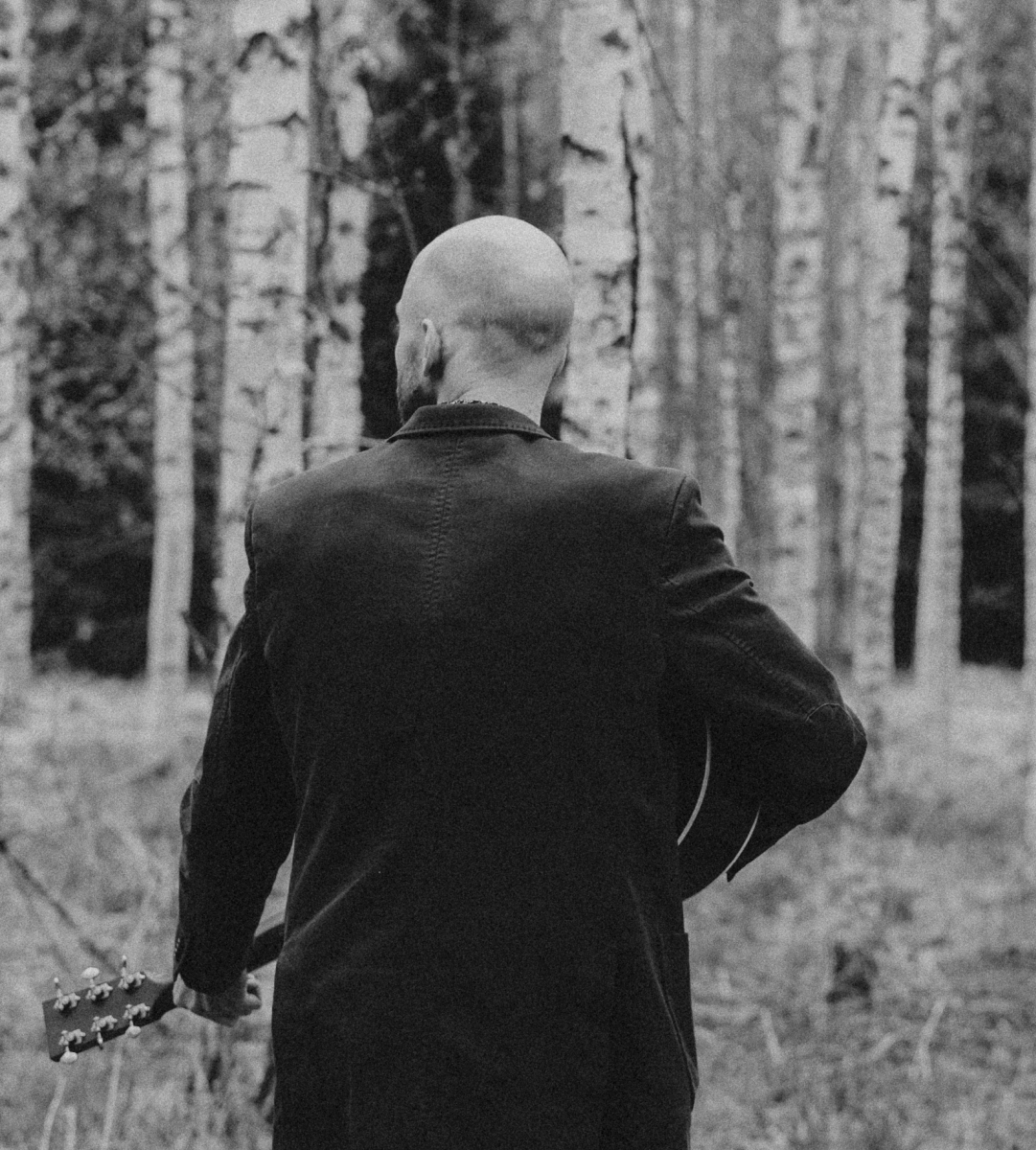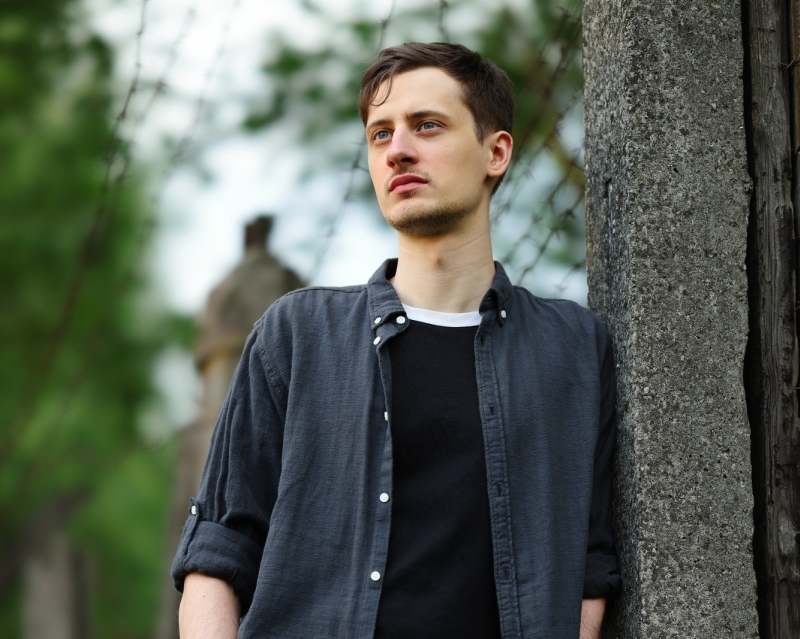“VISUAALKUULDEMÄNGU “VORMSI PERESTROIKA” TEKKELUGU: ÜHE PÄRIMUSMUUSIKU KOGETUD MUUSIKAAREENIDE JA ROLLIDE ANALÜÜS” (juhendaja Juhan Suits, MA).
LÜHIÜLEVAADE: Autor kirjeldab ja analüüsib lõputöös kogu oma loomingulist tegevust Eestis aastast 1994 eeldades, et tegelikud kogemused pärimusmuusika areenidel peegelduvad visuaalse kuuldemängu „Vormsi perestroika“ loomeprotsessis ja etenduses endas. Tervikuna vaadates saab tööd määratleda reflektiivse välitööna. Käsitletakse mitte ainult pärimusmuusika areenide omapära, vaid ka autori arusaamu nendest, mis selgelt väljenduvad omaloomingulise muusikalise repertuaari ja muusiku rollide kaudu.
Autor jagab 1994-2011 kogetud rootsi, eesti ja eestirootsi pärimusmuusika areenid kolme tüüp-rühma: osalusareenid, esitusareenid ja õpetamisareenid. Eriti viljakaks ja huvitavaks osutus rollide formaalsuse/informaalsuse taseme analüüs, kuna see võimaldab näha muusiku tegelikult kasutusel olevat käitumis- ja esinemisstrateegiat.
Visuaalse kuuldemängu „Vormsi perestroika“ muusikaline pool sisaldab suures osas eestirootsi muusikat (hiiu kandle leigid, rahvalaulud ja rahvakoraalid) ja autori enda kirjutatud muusikat. Kristiina Ehiniga koos loodud tekstid räägivad hiiu kandle surmast, varjusurmast ja taassünnist. Etenduse eesmärgiks on luua emotsionaalset silda eestirootsi kultuuripärandi ja tänapäeva kuulaja vahel. Oma ülesande sooritamiseks on autorid loonud endale pärimusdetektiivide rollid, mis on oma vormilt formaalne esitusareenile kuuluv roll ja sisult informaalne ja isikupärane – autorid mängime teadlikult iseennast, otsides vastuseid küsimusele: mis tegelikult juhtus österblomiaegsel Vormsil, kui teatavasti põletati hiiu kandled? Mis pärast juhtus? Kui hiiu kannel oleks inimene ja räägiks oma lugu, milline see oleks?
Sofia Joons
Lõputöö autor
TÜ Viljandi Kultuuriakadeemia
LÄBITUD ÕPPEKAVA: pärimusmuusika õppekava.
[Best_Wordpress_Gallery id=”12″ gal_title=”Sofia Joons”]
SUMMARY: The aim of my thesis Vormsi Perestroika, a play with a traditional musician’s roles and musical environment, is to describe and analyse the search for a new form of performance in order to tell the story of the bowed lyre’s death and revival. For this reason, I formulate a theoretical framework in chapter 2 with a musical environment for performance, the audience’s participation and teaching. All these areas demand different roles and modes of expression from the musicians. Traditional music often expresses cultural identity and belonging. Therefore, in chapter 3, I create an identity and role that consists of self-determination through self-expression on the one hand and a musician’s varying roles on the other. One aspect of the role is the mode of expression that I analyse here using the tension between formal and informal modes of expression used by a musician.
My work is an example of reflexive field work, in which the researcher analyses both the surrounding field of interest and one’s own reactions to the field. As personal memories tend to change over time,with experiences being brought to the fore or forgotten, I decided to base my work on my diaries from 1994-2011, which contain notes concerning concerts, rehearsals, dance nights, fiddle classes and other musical activities, also mentioning the musicians I played with. The analyses resulted in a cross-tabulation shown in appendix 1 with experiences from the three different musical environments divided into subcategories.
In chapter 4, I move towards the creative process behind the visual/audio play „Vormsi Perestroika“. In chapter 4.1., I describe the processes that resulted in the Estonian-Swedish repertoire with the traditional hymns, bowed lyre tunes and folk songs I use in the play, and in chapter 4.2., I present the environments and roles that I have experienced with the Estonian-Swedish repertoire in the past. In chapter 4.3., my work with Kristiina Ehin is presented and the main goal of the play brought out: to tell the story of the bowed lyre’s death and revival using Estonian-Swedish music forming a communicative act that aims to create an emotional bridge between the audience and Estonian-Swedish heritage on the one hand and cultural heritage as such on the other. In this context, we realised that we could not act on stage as the persons mentioned in the play or as ourselves. For this reason, we created the role of heritage detectives that we both play on stage. This role is informal in its content, as it is based on our own direct experiences, yet formal in its form, as it is based on earlier agreements in the preparation process and not on spontaneous interaction on stage.
